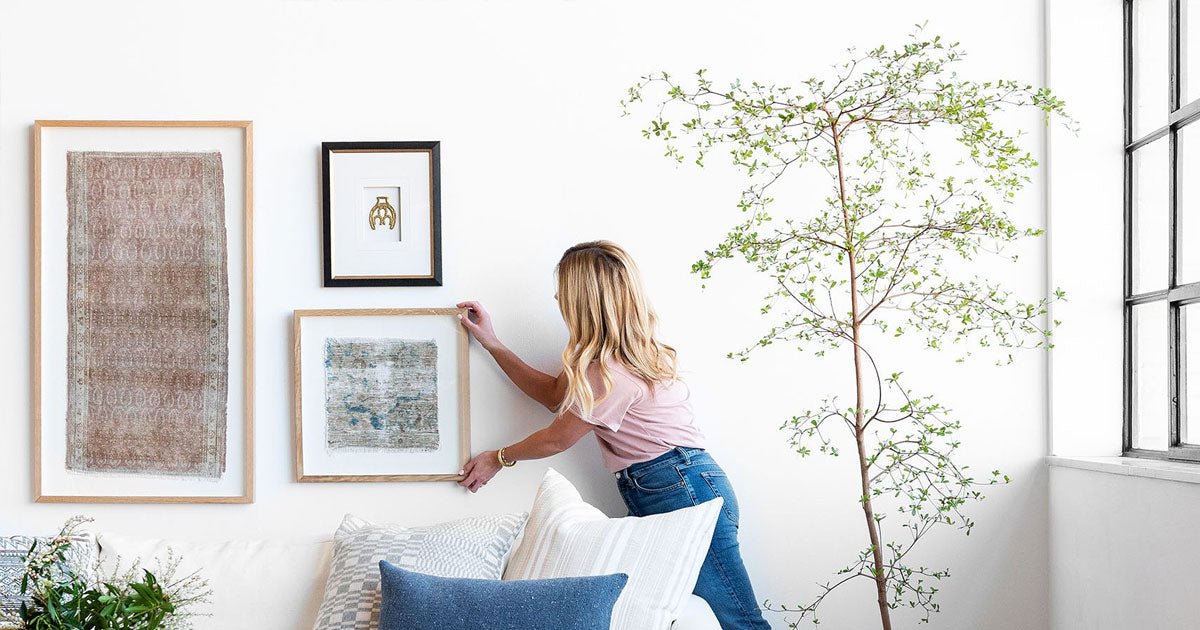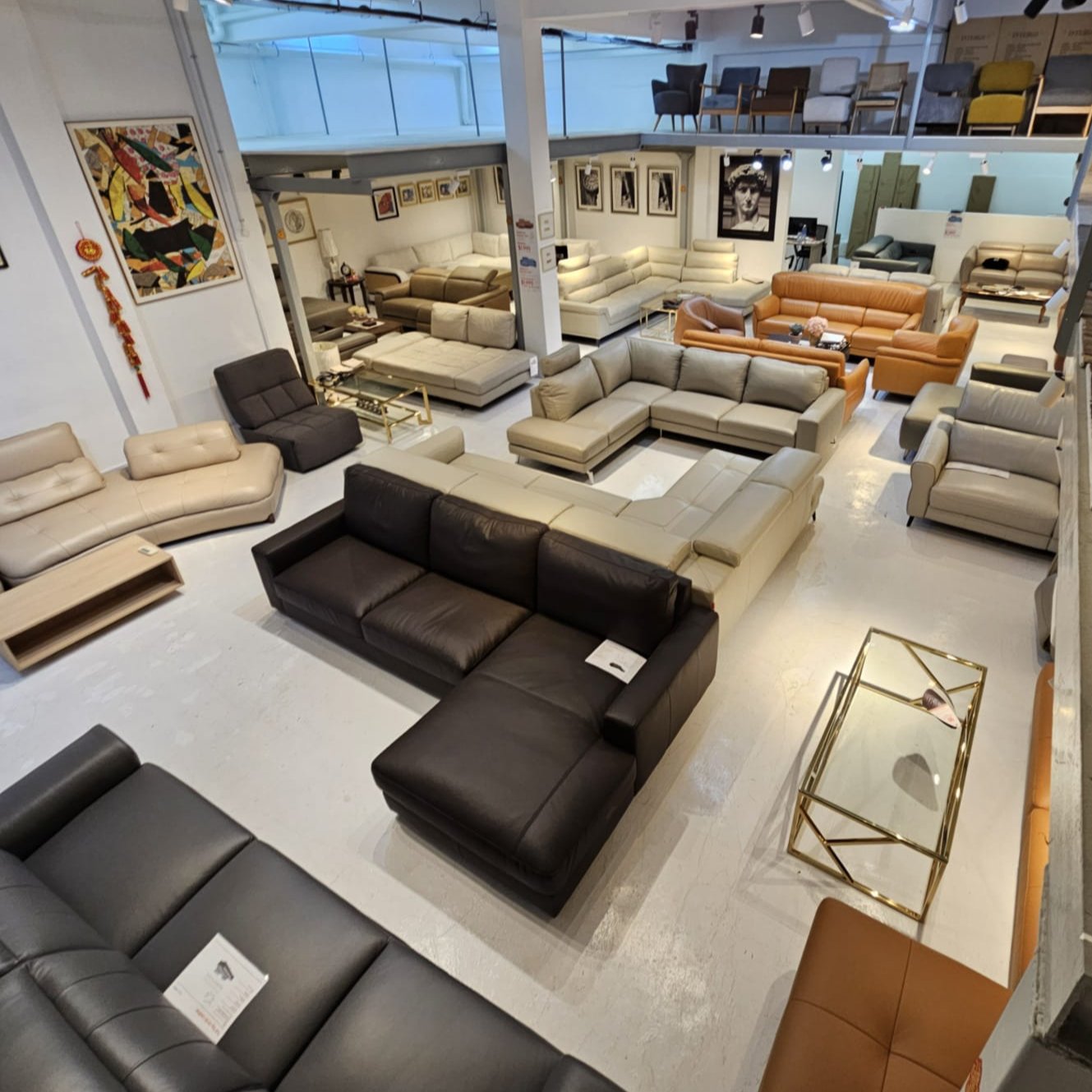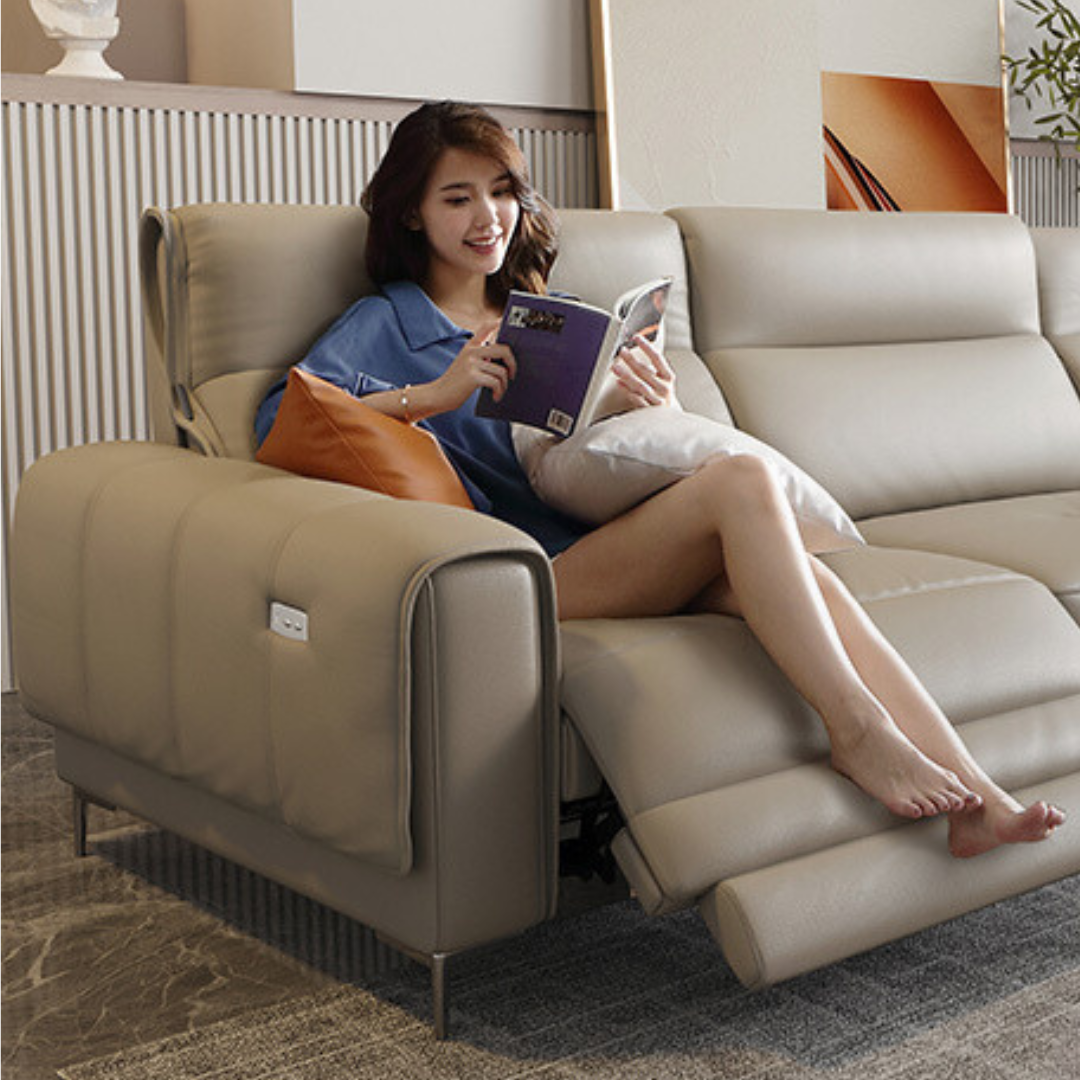Hanging artwork is not just about filling empty walls; it's an art form that can elevate the ambiance of your space. In the past, this knowledge was exclusive to the art industry, but with the growing popularity of interior design, it has become commonplace. To simplify the process and help you create visually pleasing displays, we have summarized the key points in an easy-to-reference infographic. In this article, we will delve deeper into the explanations and explore the tricks our minds play on us when it comes to hanging artwork.

Featured furniture: A&B Home Green Mirrored Demilune Side Table, KUKA #5352
Perfect Placement Above Furniture:
When hanging wall art above furniture, one crucial factor to consider is the positioning. Aim to hang the artwork approximately 6-8 inches above the furniture. Hanging it too high can create a sense of disconnection from the furniture, making the artwork appear as though it's floating aimlessly. By following this guideline, you can achieve a harmonious relationship between the artwork and the furniture, ensuring a cohesive look.
Eye-Level Placement for Standalone Artwork:
For artwork displayed on empty walls, the placement should be at eye level. Hang the center of your artwork approximately 57-60 inches from the floor. This height is considered ideal for an average-height woman, ensuring that the artwork is easily visible and engaging. Placing it too high or too low can disrupt the visual balance and overall aesthetic appeal of the space.
Creating an Artistic Cohesion with Multiple Frames:
When working with multiple frames or creating a gallery wall, the positioning of each frame plays a significant role. Position the frames approximately 3-4 inches apart from each other. By keeping them relatively close, you enable the eye to perceive the art as one cohesive unit rather than a collection of separate pieces. This arrangement enhances the overall impact of your display, creating a visually captivating arrangement.
Size Matters:
Choosing the right size of artwork for your space is vital to achieving balance. To ensure a harmonious look, the artwork should fill around two-thirds of the width of the furniture it hangs above. Using artwork that is too small may create a disproportionate appearance and fail to make a significant visual impact. By selecting artwork that appropriately scales to your furniture, you create a visually pleasing composition that anchors the space effectively.
These guidelines are pretty simple to follow and amend. Do walk around your home to see if they obey these rules. This would sharpen your art sense too whenever you're out dining in restaurants or browsing an art gallery.
Sharpen Your Senses
Furthermore, implementing these guidelines will not only enhance your interior design skills but also sharpen your art sense. Take a moment to walk around your home and observe whether your artwork follows these principles. This exercise will not only reinforce your understanding of the guidelines but also help you appreciate the artistic choices made in other settings, such as restaurants or art galleries.
Additionally, keep in mind that while these guidelines provide a solid foundation, they are not rigid rules. Feel free to adapt and experiment based on your personal taste and the unique characteristics of your space. Art is subjective, and exploring various arrangements can add depth and personality to your home decor.
Moreover, it's essential to consider the lighting in your space when hanging artwork. Lighting can greatly influence the way art is perceived, casting shadows or highlighting specific elements. Experiment with different lighting angles and intensities to create the desired atmosphere and accentuate the beauty of your artwork.
In addition, don't forget to consider the overall aesthetic of your space. The style, colors, and themes present in your room should align with the artwork you choose. Seek to create a visual dialogue between the artwork and the surrounding elements to achieve a cohesive and harmonious interior design.
Conclusion
Hanging wall art is no longer exclusive to the art industry; it has become a common practice in interior design. By following simple guidelines such as positioning the artwork above furniture, eye-level placement for standalone pieces,
Are your walls bare or looking for a new design to admire? Shop for the widest range of framed wall art and licensed prints here in Singapore!
Recommended Links
- Learn more about Home Accessories.
- Learn more about Licensed Prints And Wall Art.
- Home accessories and wall art clearance sale.
- Follow our facebook page for the latest deals.














